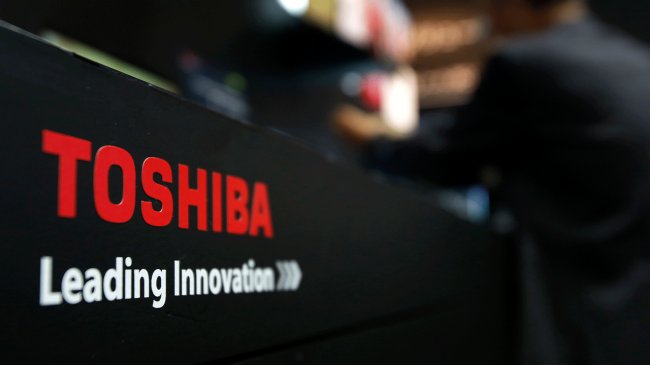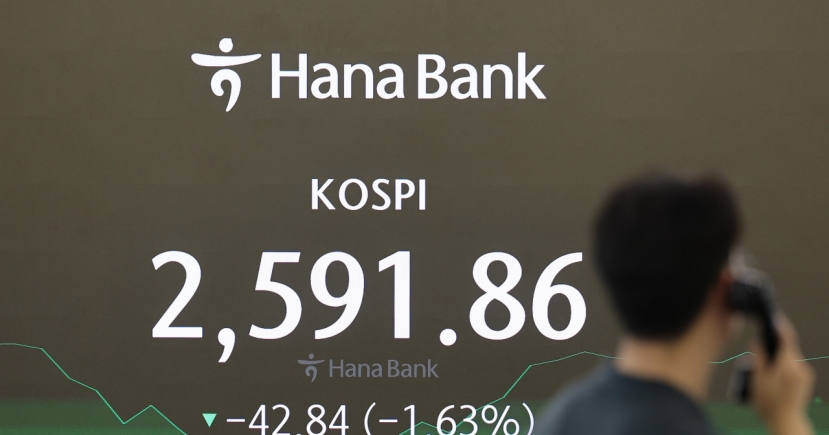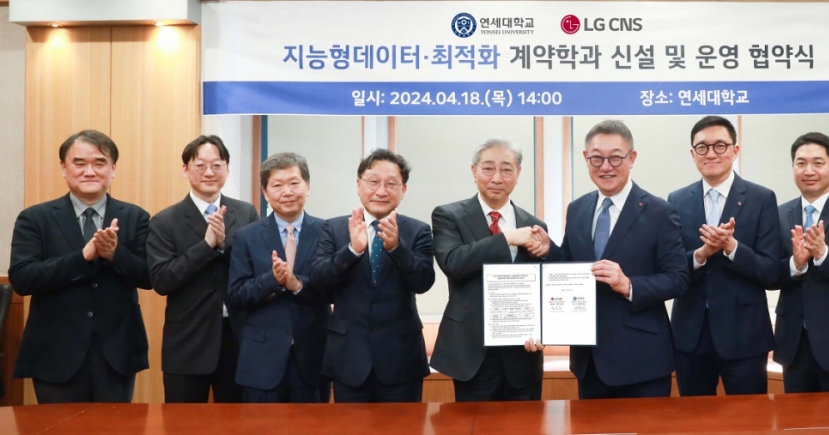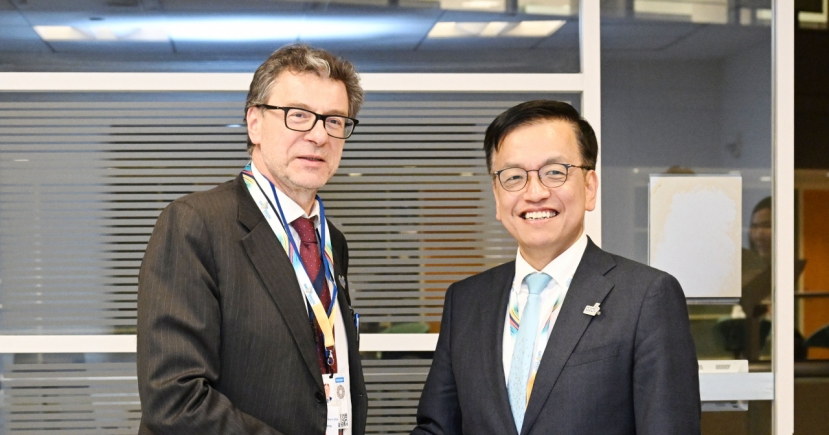Mobile & Internet
SK hynix receives new deal conditions from Toshiba
[THE INVESTOR] SK hynix on March 6 said it has received new deal conditions from Toshiba that plans to seek initial bids this month to sell a majority or all of its marquee memory chip business.
The Korean chipmaker in February submitted a bid for a 20 percent stake in Toshiba, the world’s No. 2 maker of NAND chips used for long-term data storage. Its bidding price is estimated at about 3 trillion won (US$2.62 billion).
 |
Related:
SK hynix may join hands with Foxconn for Toshiba bid
Toshiba later decided to sell most of the chip business and wants to raise at least 1 trillion yen (US$8.79 billion) amid its mounting financial losses from its failed nuclear power business in the US.
“We have received new deal conditions from Toshiba,” SK hynix said in a disclosure. “We will make another disclosure when we decide on our final bid.”
On Feb. 23, SK hynix CEO and Vice Chairman Park Sung-wook hinted at the chipmaker’s intention to acquire more stake in Toshiba.
“We have not yet received any deal conditions or schedules (from Toshiba),” he told reporters in Seoul. “If there is an offer, we will consider it.”
With the deal price almost tripling now, speculation has been growing that potential bidders, especially SK hynix and Foxconn, could join hands to acquire the lucrative business from Toshiba.
Since Foxconn became the forth-largest shareholder in SK Group in 2014, the two tech giants and their chairmen -- Terry Gou and Chey Tae-won -- have maintained a close relationship.
They jointly set up a tech firm FSK Holdings in Hong Kong in 2015, SK Telecom’s Luna smartphone was produced at Foxconn’s factory and SK C&C won a contract for Foxconn’s smart factory in Chongqing.
SK hynix, which currently depends almost 70 percent of its sales on DRAM chips that are used for short-term data storage, is seeking to secure an access to Toshiba’s advanced NAND technology to become a potent player in the still nascent 3-D NAND era.
By Lee Ji-yoon (jylee@heraldcorp.com)








